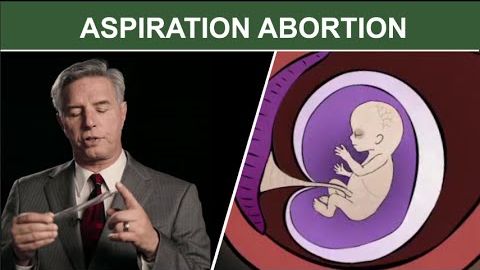
Subtitles & vocabulary
1st Trimester Surgical Abortion: Aspiration (Suction) D & C
00
gotony5614.me97 posted on 2016/05/03Save
Video vocabulary
figure
US /ˈfɪɡjɚ/
・
UK /ˈfiɡə/
- Verb (Transitive/Intransitive)
- To appear in a game, play or event
- To calculate how much something will cost
- Noun
- Your body shape
- Numbers in a calculation
A1TOEIC
More force
US /fɔrs, fors/
・
UK /fɔ:s/
- Noun
- Group of persons trained for military action; army
- Pressure; attraction
- Transitive Verb
- To use physical strength or violence to persuade
- To break open (something) using force.
A1
More great
US /ɡret/
・
UK /ɡreɪt/
- Adverb
- Very good; better than before
- Adjective
- Very large in size
- Very important
A1TOEIC
More risk
US /rɪsk/
・
UK /rɪsk/
- Verb (Transitive/Intransitive)
- To do something potentially dangerous or foolish
- Noun
- Actions that cause potential problems
A1
More Use Energy
Unlock All Vocabulary
Unlock pronunciation, explanations, and filters
